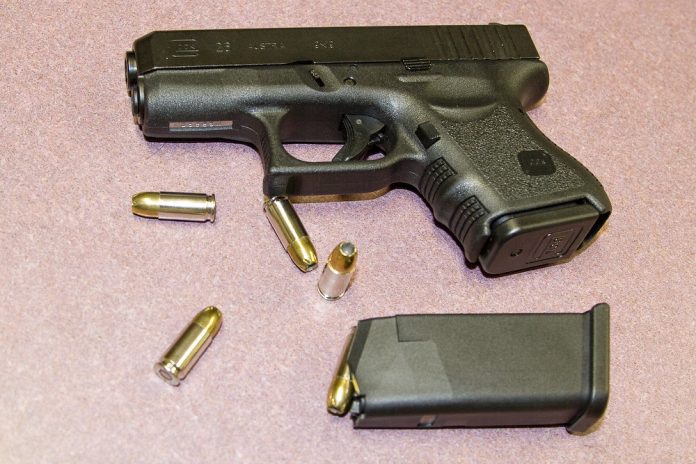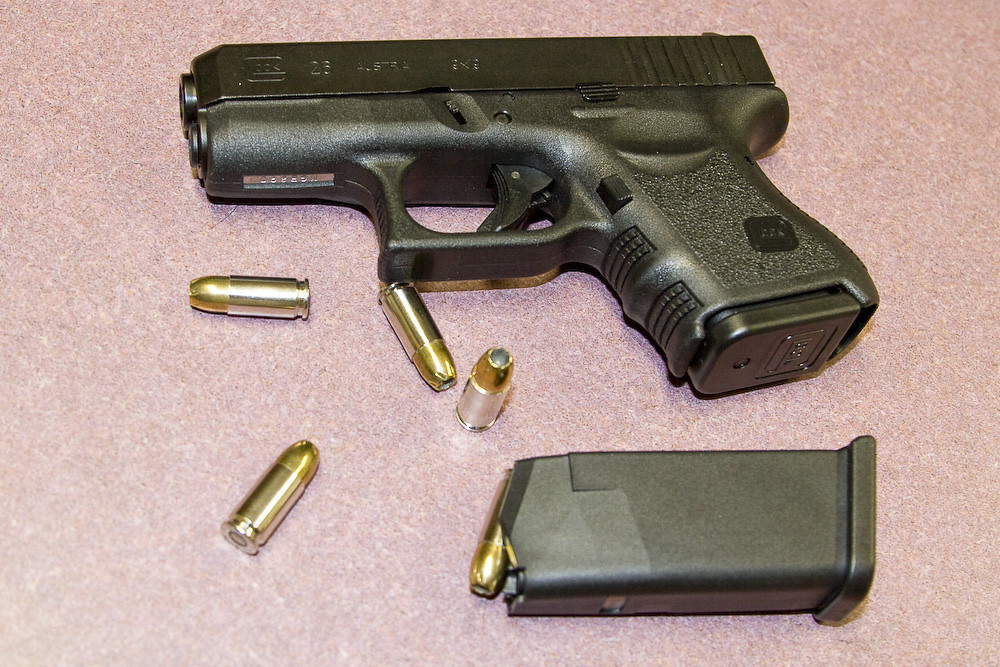
Can a shotgun’s report actually scare an intruder away? Or does a larger caliber promise greater stopping power? Gun owners and the general public have been fed a continuous diet of Hollywood gunfights and myths for decades, instilling beliefs that on closer inspection turn out to be false. These are no harmless misconceptions they can result in bad choices at times when accuracy is most important.
In a world where false information travels faster than a gun can be cocked, fact and fiction must be separated for safe firearm ownership. Based on ballistic research, police statistics, and training expert knowledge, ten enduring gun myths dispelled with facts are presented below. Each discloses a disparity between common perception and practical use, with useful lessons for serious self-defenders.
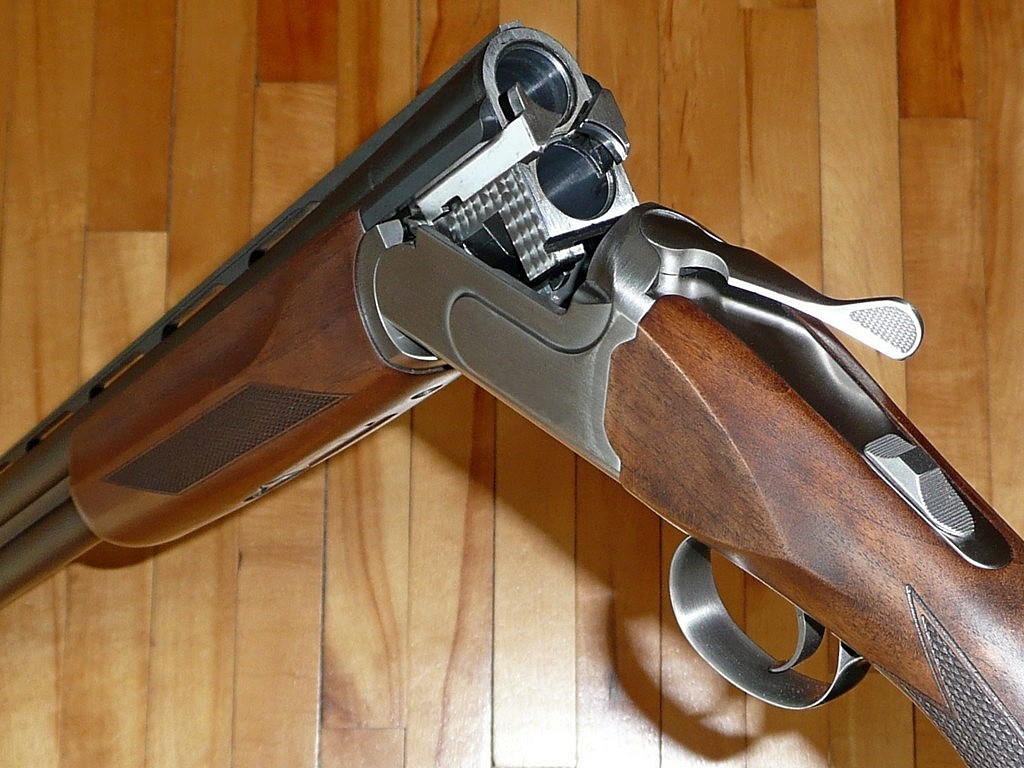
1. The ‘Racking a Shotgun’ Deterrent
Hollywood has forever cemented the metallic “shuck” of the pump-action shotgun as a threat call that transcends context. In real life, depending on sound alone is a roll of the dice. Intoxicated criminals or desperate ones might not respond predictably, and the revelation of your position can be tactically foolish. As trainers at Tactical Response observe, showing up at a confrontation with the chamber empty in the name of drama means jeopardizing readiness. A defensive shotgun is loaded and ready to go immediately, not used as a noise-maker.

2. Handguns That Knock People Off Their Feet
Physics isn’t kind: no handheld gun can deliver the Hollywood-style backward launch on the screen. The force that propels a bullet forward is matched by recoil to the shooter if a handgun could throw a person several feet, it would do the same to the one firing it. Ballistic performance is about penetration and tissue disruption, not kinetic shove. As Greg Ellifritz’s decade-long study shows, even powerful calibers like .45 ACP yield one-shot-stop rates around 50–58%, far from the instant incapacitation Hollywood depicts.
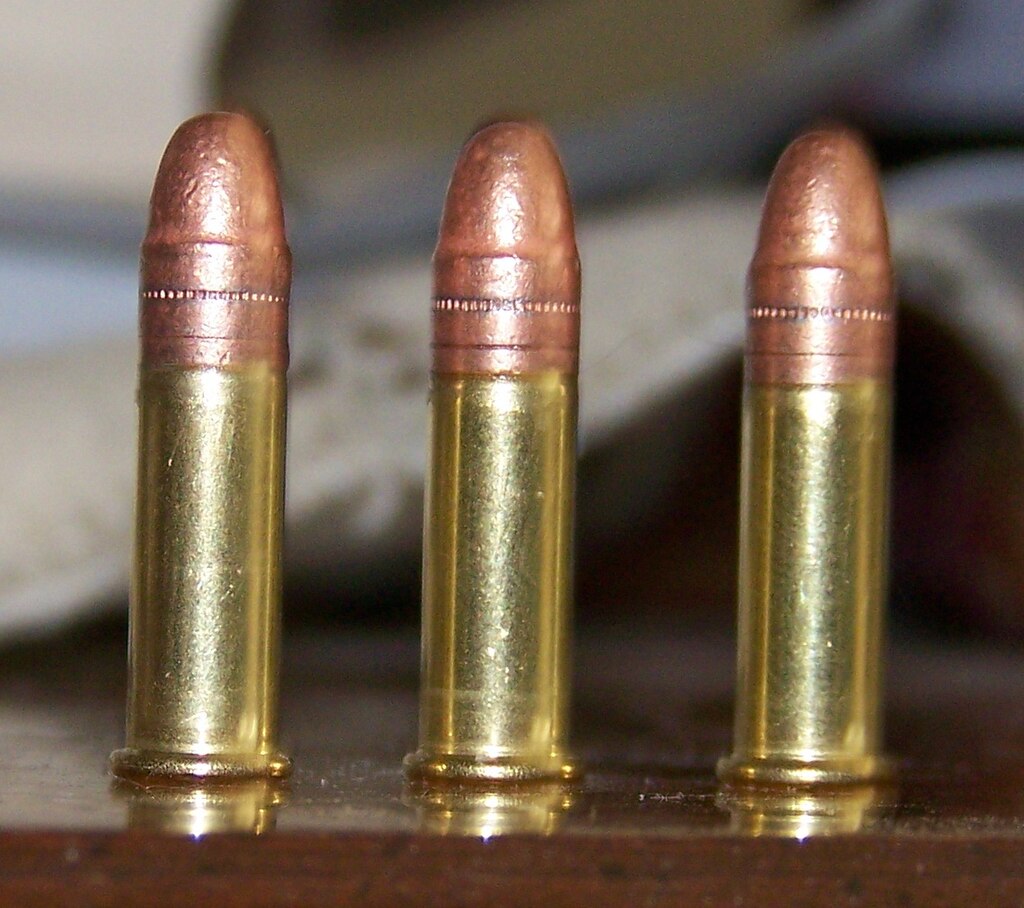
3. The .22 LR as ‘Useless’ for Defense
Shunned by some as a “mouse gun” cartridge, the .22 LR has had a long history of defensive use, from 19th-century civilian revolvers through OSS and Israeli air marshal use. The newer loads such as Federal Punch and Winchester Silvertip are designed for penetration out of short barrels, to FBI standards. Although its primary benefit is low recoil essential to shoot rapidly and accurately it does have malfunctions in mass-produced ammunition. Shot placement is still most important; an accurately placed .22 will neutralize a threat, but it requires controlled training and judicious ammunition choice.
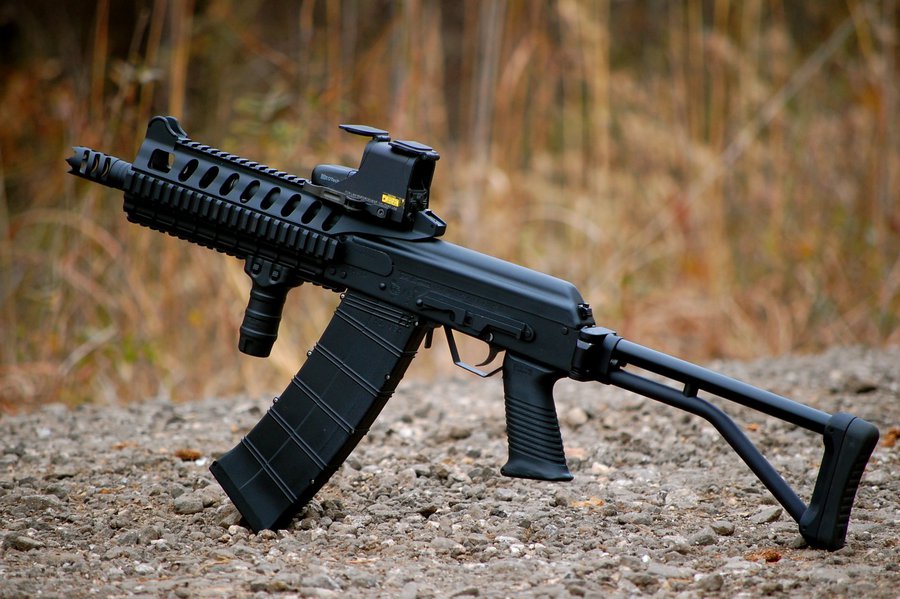
4. Shotguns Don’t Need Aiming
At normal home-defense distances, buckshot only spreads a few inches. Federal’s Flite Control buckshot, for instance, will create a fist-sized pattern at 21 feet. This means misses are absolutely possible unless sight alignment is maintained. Instructors stress mounting the shotgun to the shoulder and aiming purposefully, just as with a rifle. Accessories such as adjustable stocks and weapon-mounted lights can assist precision, but they don’t take the place of marksmanship fundamentals.
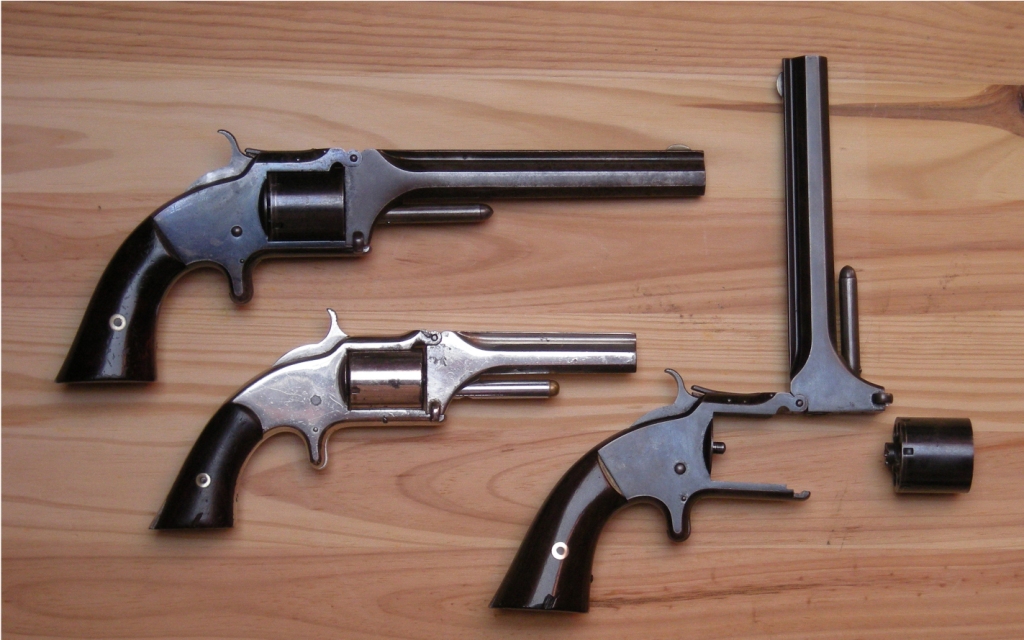
5. Revolvers Never Jam
Revolvers are commonly lauded for mechanical dependability, but stoppages do happen. A free extractor rod, bullet creep under heavy magnum loads, or a fouled extractor star can bind the cylinder. In contrast to semi-automatic failures, most revolver malfunctions involve tools or a gunsmith and take longer to fix in crises. Routine maintenance and factory-loaded ammunition are risk-reducing measures, but the “jam-proof” moniker is an illusion.
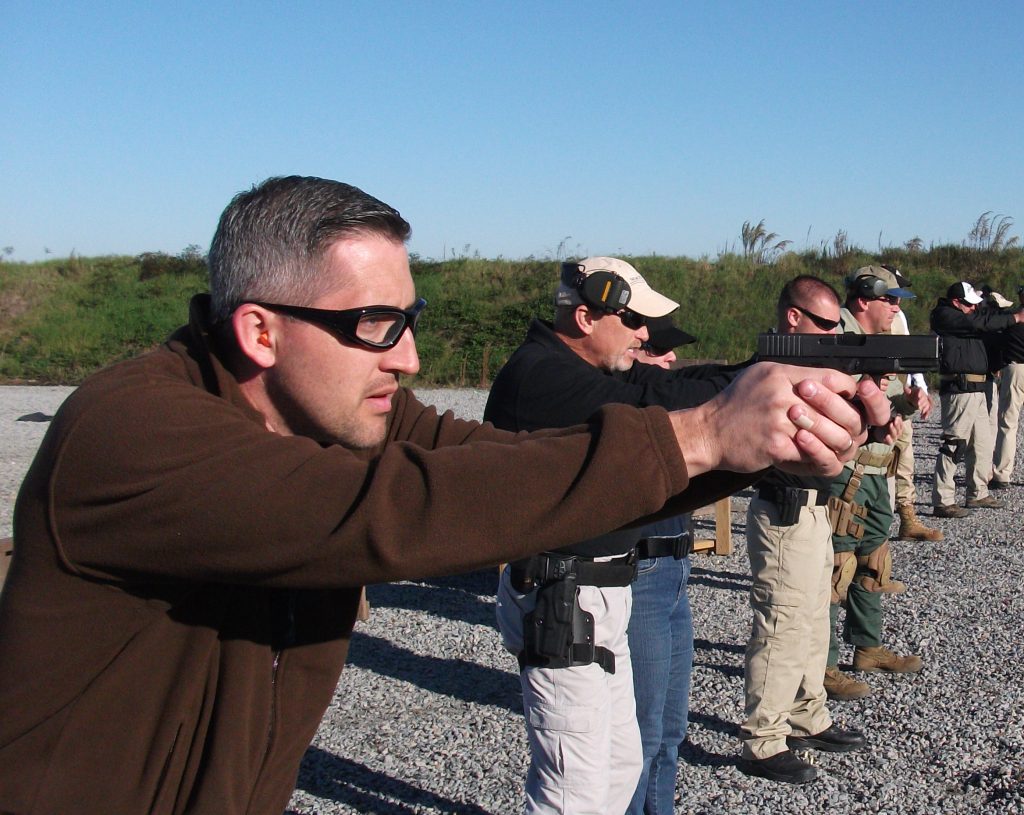
6. Rising to the Occasion Without Training
Stress degrades fine motor control, constricts vision, and speeds up heart rates. During high-pressure engagements, people fall back on learned habits far from perceived heroics. Police trainers emphasize that shooting skills under fire reflect training quality. With absence of repeated, realistic practice, even veteran shooters can fail. Preparation involves developing muscle memory for handling weapons, danger assessment, and making legal decisions long before a threat materializes.
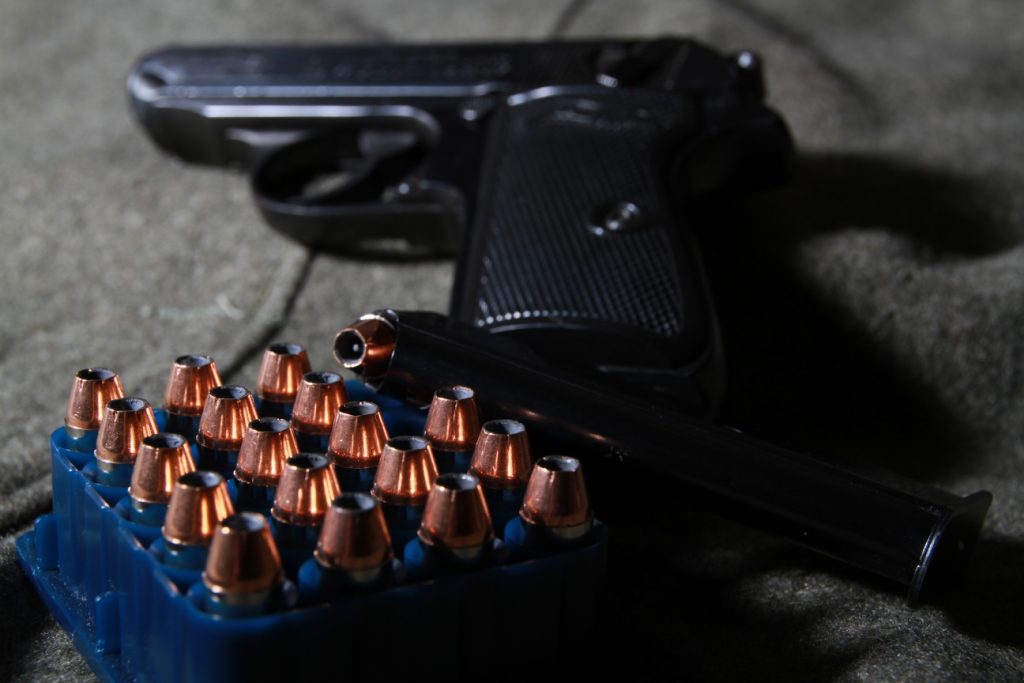
7. Hollow Points Are Illegal Everywhere
Although some jurisdictions, like New Jersey, restrict it, hollow-point ammunition is legal in the majority of states and generally advised for self-defense. Expanding and stopping within the target, it minimizes the danger of over-penetration a paramount consideration in densely populated areas. A check of local laws is advisable, butAcross widest misconception.

8. Shooting Trespassers on Sight
Deadly force statutes rest on imminent danger to life or great bodily injury, not incidental property invasion. Castle Doctrine laws differ, but as the National Conference of State Legislatures observes, invading property won’t typically be enough. Misreading this can result in serious legal repercussions. Proper defense includes evaluating level of threat, avenues for retreat, and legal force limits.
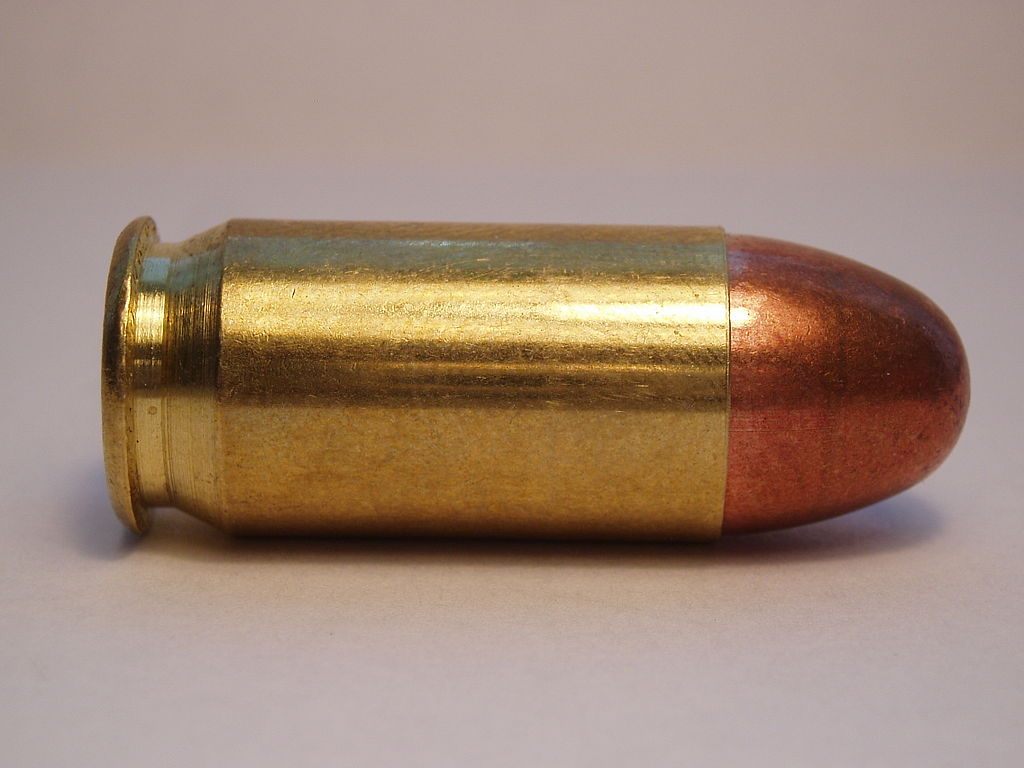
9. Bigger Caliber Equals Better Stopping Power
Ellifritz’s statistics from 1,800 shootings reveal very little difference in rates of immediate incapacitation for typical defensive calibers approximately 50–62% for .38, 9mm, .40, and .45 ACP. Larger bullets are capable of providing more tissue damage but sometimes at the expense of more recoil, which can compromise accuracy and hinder follow-up shots. The ideal selection strikes a balance between controllability, accuracy, and penetration, not merely bullet size.
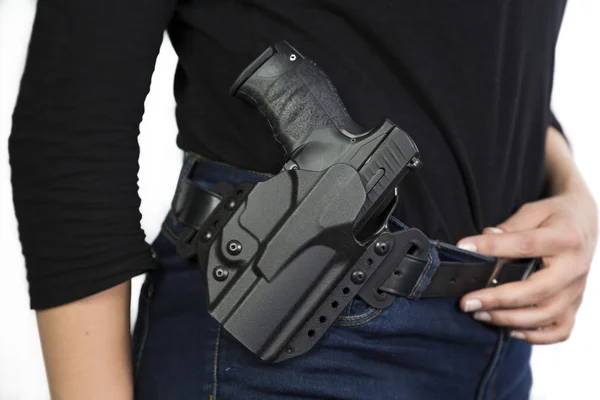
10. Owning a Gun Guarantees Protection
Proficiency without possession can enhance safety. Guns should be part of a comprehensive safety strategy encompassing secure storage, situational awareness, and legal understanding. Defensive use data illustrate that most encounters result in no shots being fired, yet those results are contingent upon the owner’s willingness to use the gun safely and effectively. A gun is a tool its protective benefit is completely reliant upon the proficiency and good judgment of the user.
Gun myths persist because they provide easy solutions to complicated reality. But in self-defense, simplification can be deadly. Data from ballistic testing, history of use, and real-world scenarios reinforces that using a weapon effectively is less a matter of Hollywood action and more about preparation, accuracy, and familiarity with the law. For gun owners dedicated to responsibility and safety, debunking these myths is not only educational it’s imperative.
